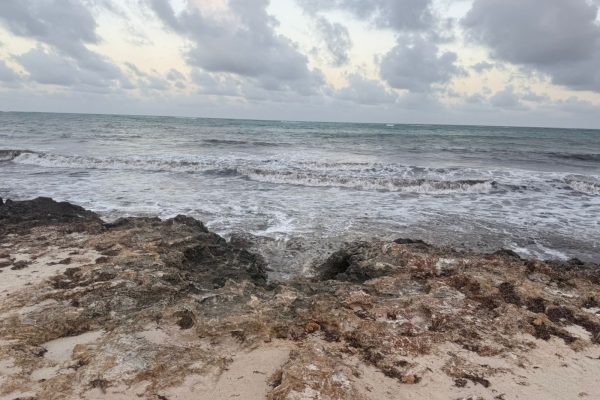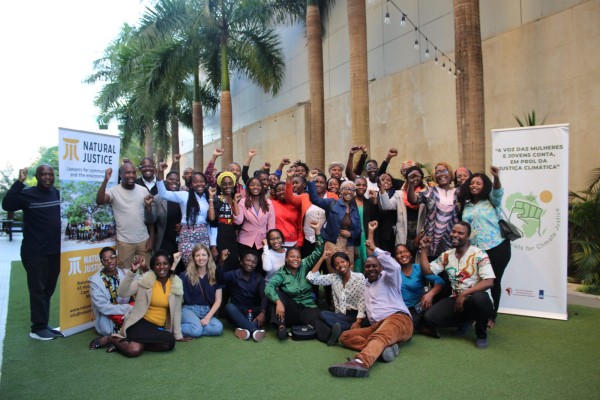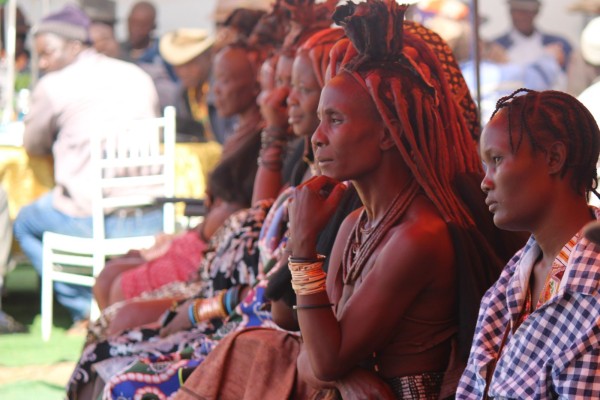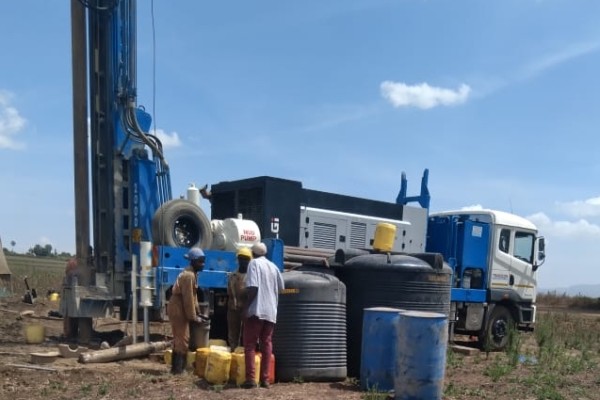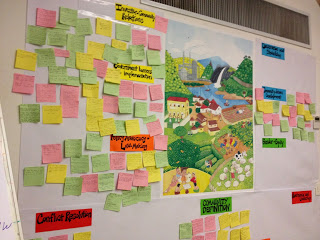 From 5-7 November, 30 pioneering community and civil society experts gathered in the !khwa ttu San community centre outside Cape Town, South Africa, for the first Africa Regional Symposium for Community Land and Natural Resources Protection.
From 5-7 November, 30 pioneering community and civil society experts gathered in the !khwa ttu San community centre outside Cape Town, South Africa, for the first Africa Regional Symposium for Community Land and Natural Resources Protection.The Symposium, co-convened by Natural Justice and Namati, facilitated an exchange of best practices on community empowerment for strengthening land and natural resources rights among twelve African countries and more than two dozen communities.
The event set out to meet three interrelated objectives:
1. Share best practices, tools and strategies for empowered community land and natural resource management and protection;
2. Support each other to confront local and/or national challenges to community land and natural resources claims; and
3. Brainstorm new and innovative forms of legal empowerment and build a cross-disciplinary community of practice that fosters continued dialogue and learning.
The workshop consisted of a number of small group works and plenary discussions that addressed a number of interrelated challenges at the community governance level (community definition, governance and leadership, equity and gender, conservation and stewardship, community driven development) and regarding communities’ external interactions (investor-community relations, and policies laws and governments). Discussions revolved around specific case studies, project experiences and broader advocacy strategies.
Community protocols (www.communityprotocols.org) and Natural Justice’s Living Convention were both discussed as useful legal empowerment strategies.
To ensure that the successful tactics and approaches that were identified during the dialogue are made available to a vast number of practitioners around the world, in a next step, Natural Justice and Namati will facilitate a practitioner-written guide to community legal empowerment for strengthening landscape rights.
The guide will:
1. Outline a range of community land and natural resources protection methodologies;
2. Present the variety of positive strategies brainstormed at the conference;
3. Highlight some of the most compelling, successful case studies presented; and
4. Illustrate the most intractable obstacles faced and some suggested solutions.
The over-arching aim of both the symposium and the guide is to support and train CSOs around the world to effectively facilitate community land protection efforts and, in the process, work with communities to improve intra-community governance, gender equity, and sustainable natural resource management. Sharing practitioners’ strategies is central to this effort.

